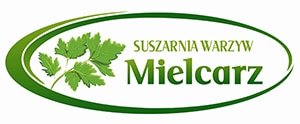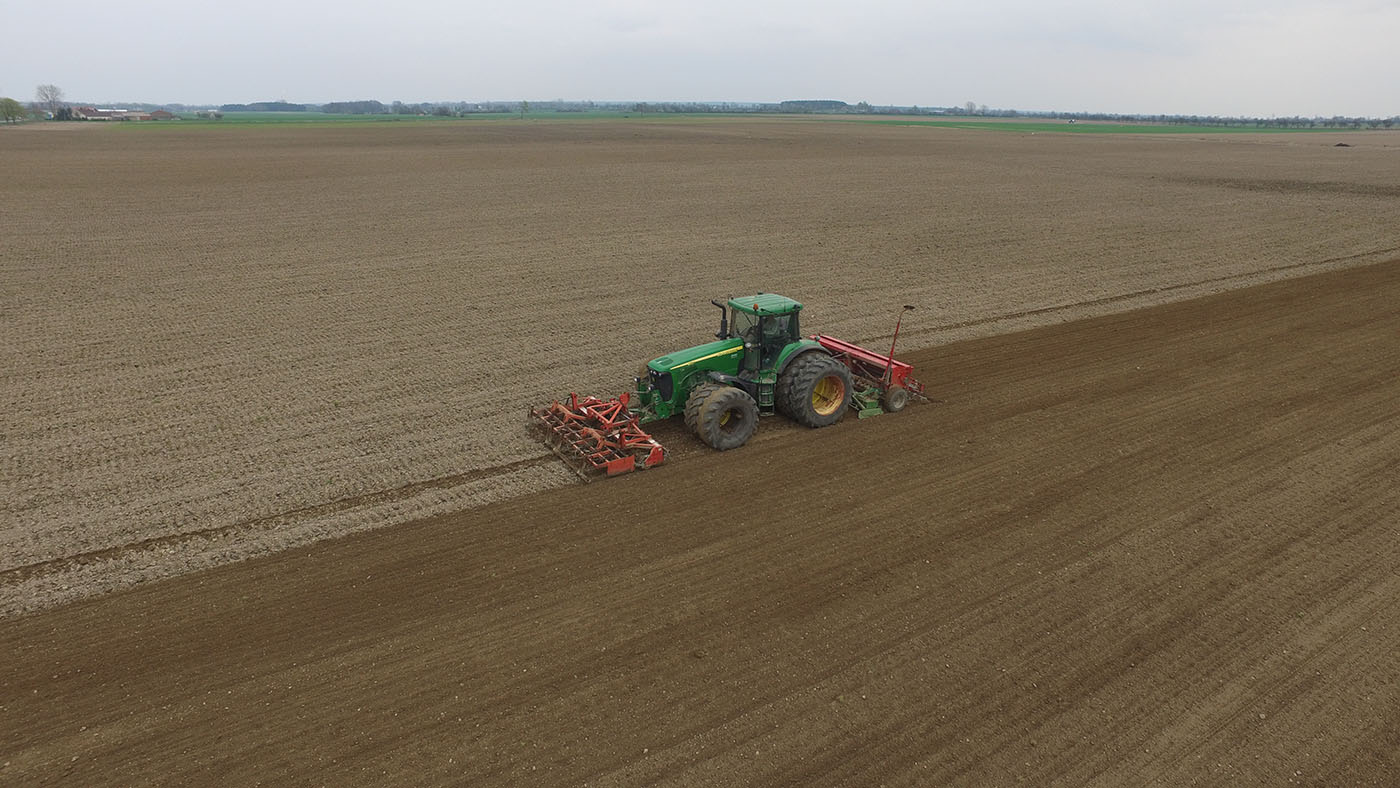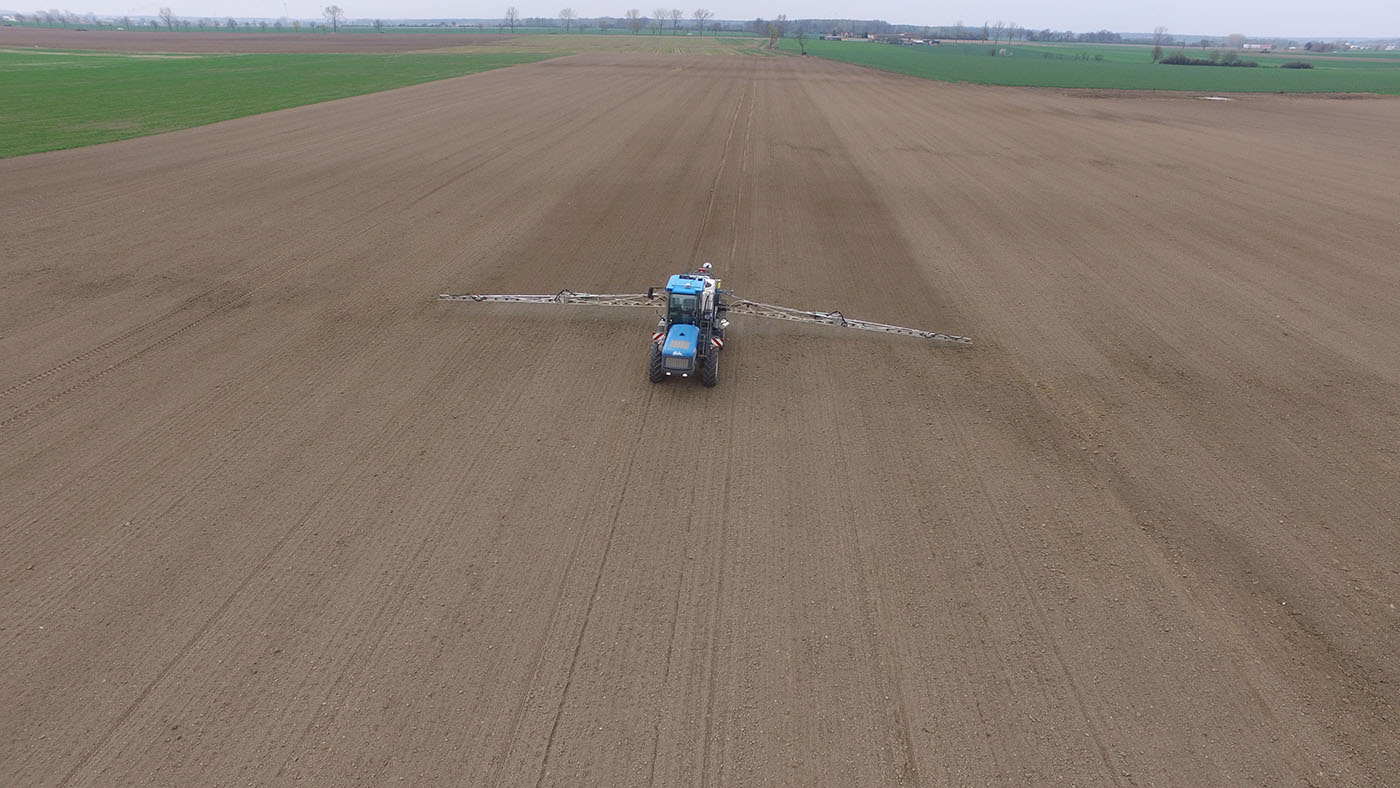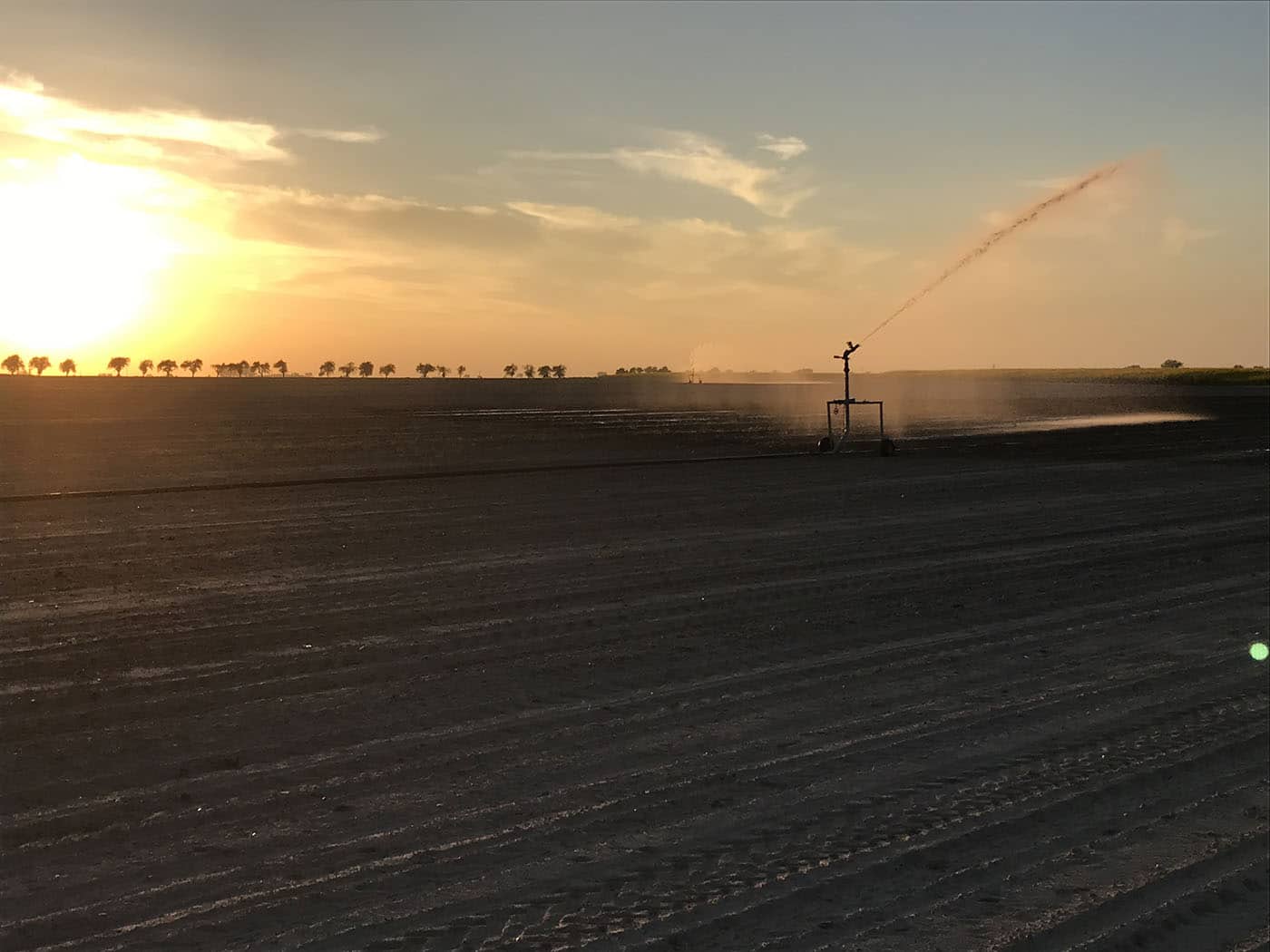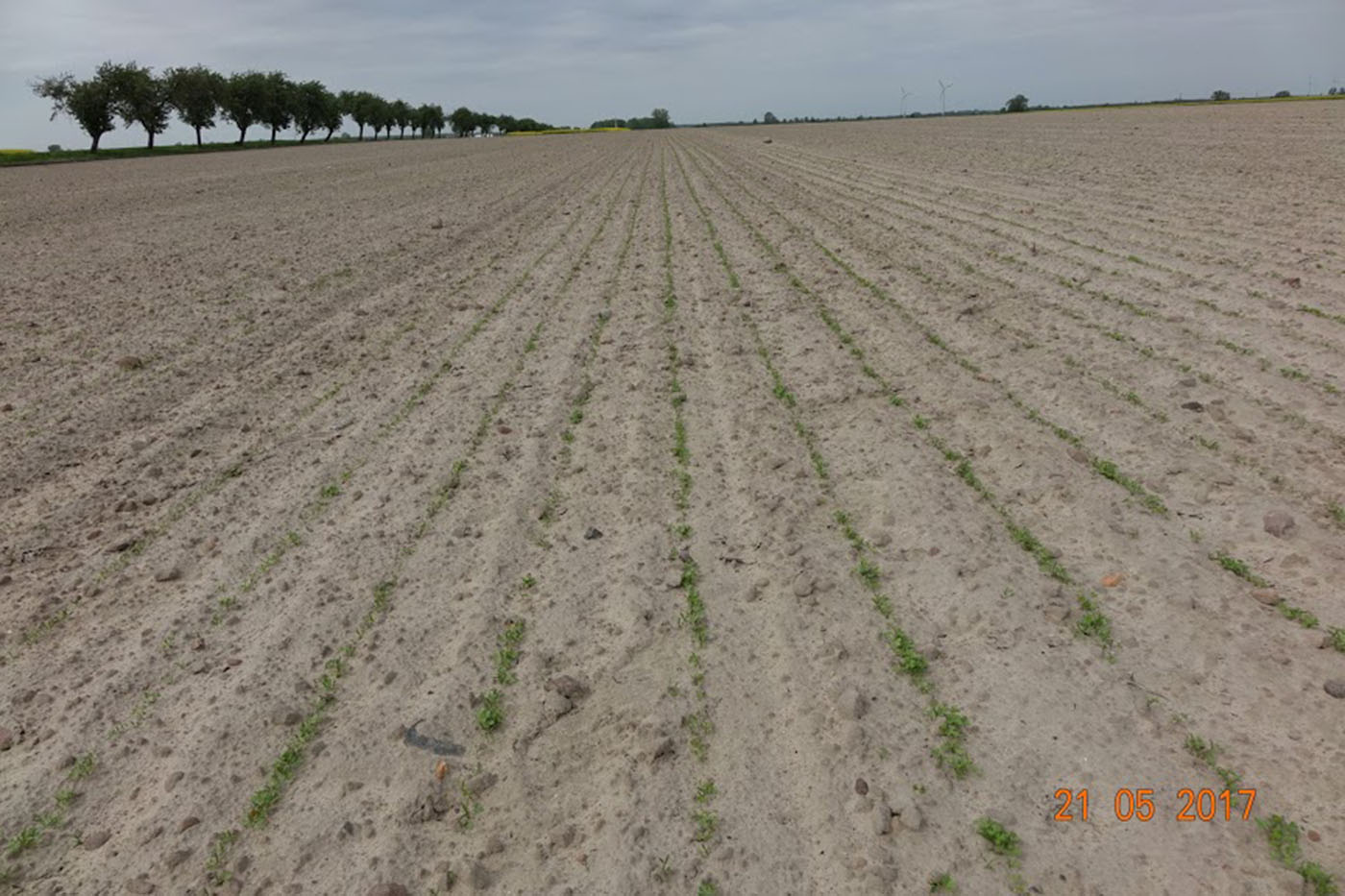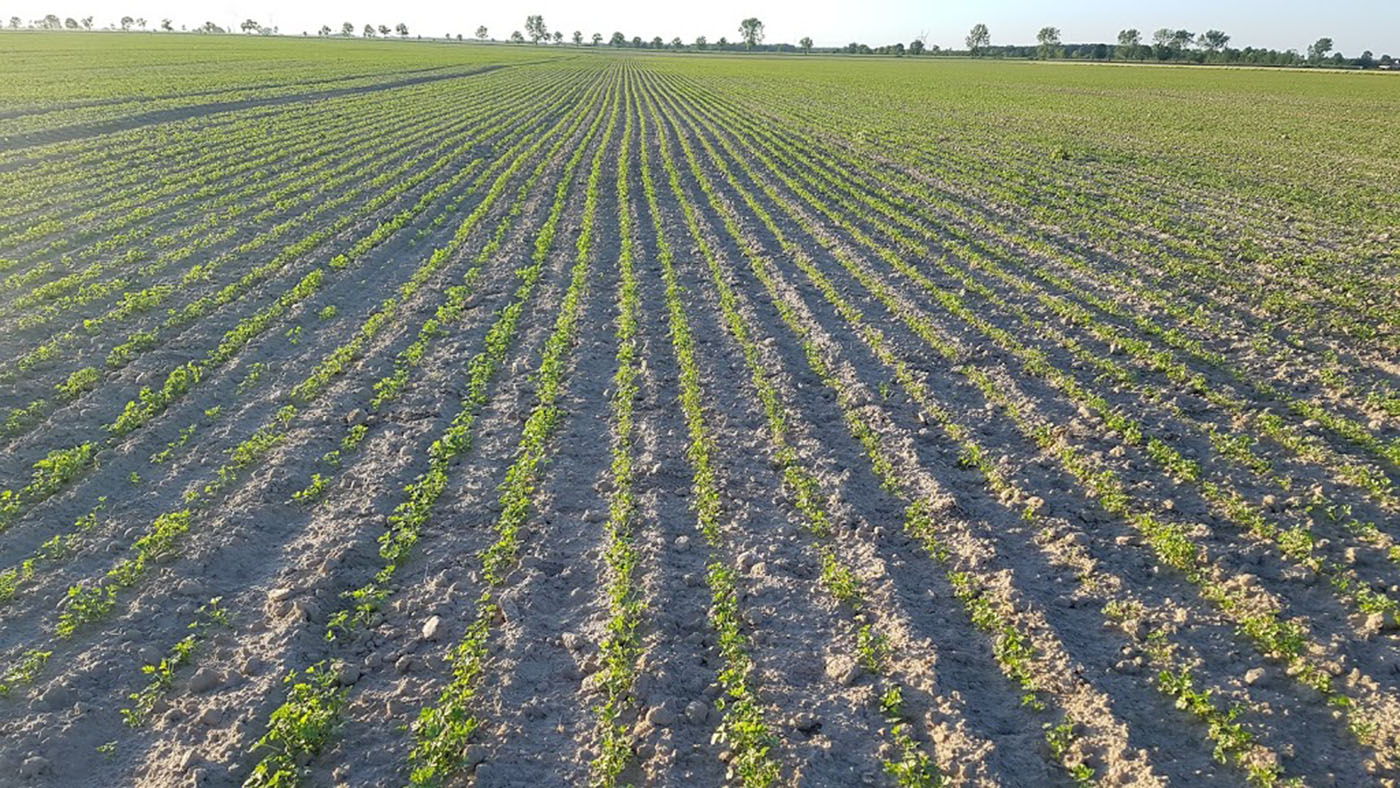Parsley cultivation
Climate and soil conditions
Parsley tolerates temperatures in the range of 3 – 24 degrees but the optimum temperature range is between 15-8 degrees.
The sprouting starts at temperatures from 10 -25 degrees. It takes 3-4 weeks on average. Parsley leaves withstand temperatures from -6 to -8 degrees. It has a high demand for water during a period of intensive growth. The annual rainfall is over 500 mm so those demands are usually met with some exceptions.
So during periods of drought in Poland, irrigation is necessary. In the season water amount ranges from 200 to 250 mm of rainfall, i.e. from 2000 to 2500 m3 / ha. Otherwise, the plants turn yellow and they are not suitable for processing.
The optimum humidity for plant growth is between 40-70 percent. It is worth sowing it in fertile, well-structured soils rich in humus between 1-5 percent and pH 6-7.
On the Polish market, there are about 30 varieties for various purposes. Smooth leaf varieties such as: Gigane d’Italia, Felicia, Hamburger Schnitt, Amsterdamr Snij are dedicated to the drying industry.
Those with curly leaves are: Smaragd, Paramount, Mooskrause 2, Xenon.
Leaves and stems ratio is between 43-71 percent and about 50% percent on average, and the oil content ranges from 0.2 to 0.4 ml / 100 g of dry leaves.
Cultivation and sowing
We start the spring cultivating as early as possible. On the lighter and drained soils we start in mid-March. Opening the soil with a strawmaster or a harrow accelerates heating and drying.
However, sowing should occur only when the soil temperature reaches 10 degrees.
On our heavy soils the first cultivations are usually possible in the last days of March.
We have not used plowing for many years but we use deep soil loosening without turning the topsoil. This allows to increase the humus content, reduce weeds, improve air and water conditions, and enables costs reduction.
In November, the autumn of the previous year, after the preceding crop, the technological paths are aerated with a subsoiler to the depth of 40 cm and the rest of the field are aerated with Kverneland CTC to the depth of35 cm. What depth is needed is checked by a soil resistance testing device due to the location of the so-called “plow soles”. This procedure must break it.
In spring we use the following procedures:
Mineral fertilizing based on soil test results and expected yield.
Then, when the soil reaches humidity enabling cultivation, loosening it with Kvernelandem CTC to a depth of about 20 cm.
After a few hours, when the soil turns white, we start sowing with the following aggregate:
– On the front suspension of the tractor, an aggregate consisting of double shafts in Gutler with levelling drags, John Deere 220 HP tractor with a 4-meter Amazone rotary harrow and a Demeter seeder. Efficiency around 1 ha / h.
The 25 cm row spacing means that the first harvest at the end of June is slightly lower than at 10-12.5 cm spacing, but we get much better plant health. The raw material quality is almost always in 1st class.
Immediately after sowing, we spray the soil with herbicides the doses of which have been approved by our recipient and EU standards.
It is the farmer who is responsible for his product. Moreover it does not end at the time of sale but lasts as long as the product is on sales.
Parsley should not be sow after the celery family plants unless the period of minimum 4-6 years have passed.
The farm has 180 ha of irrigated plantations, so we get 4 or 5 harvests a year. They last from June to mid November. The yields we obtain under these conditions amounts about 50-60 tons of green matter per ha and up to 3.5 tons of dried leaf ready for sale.
